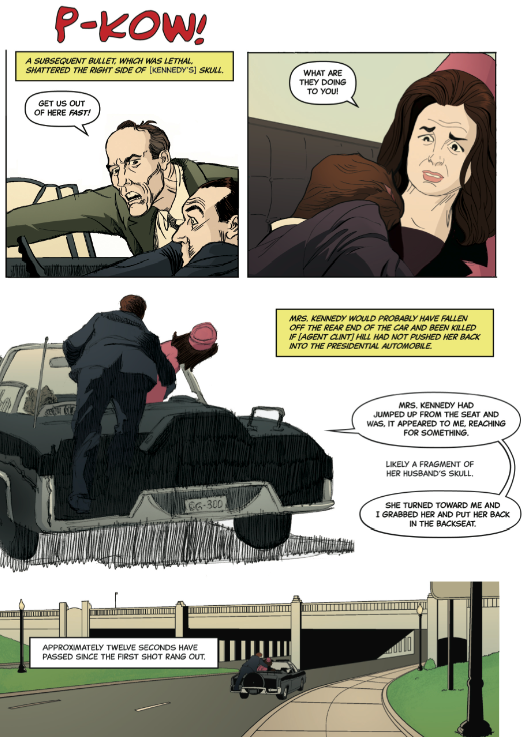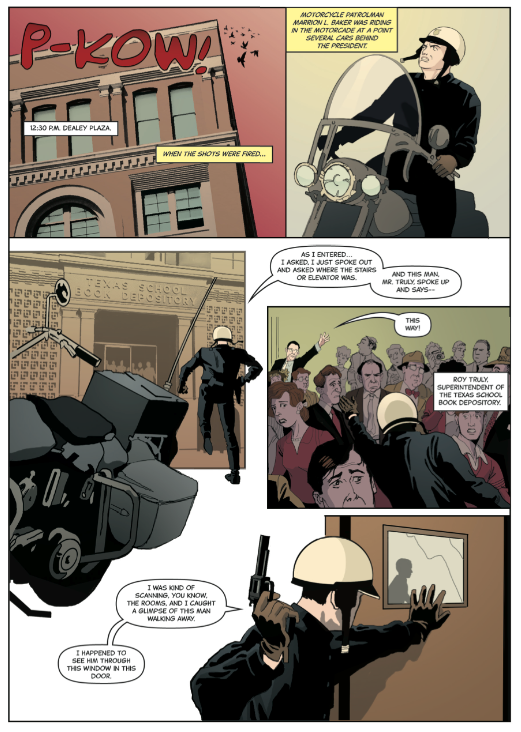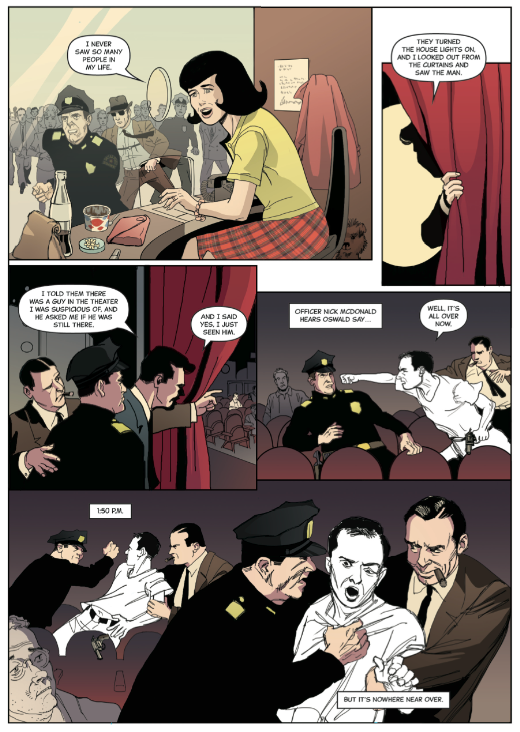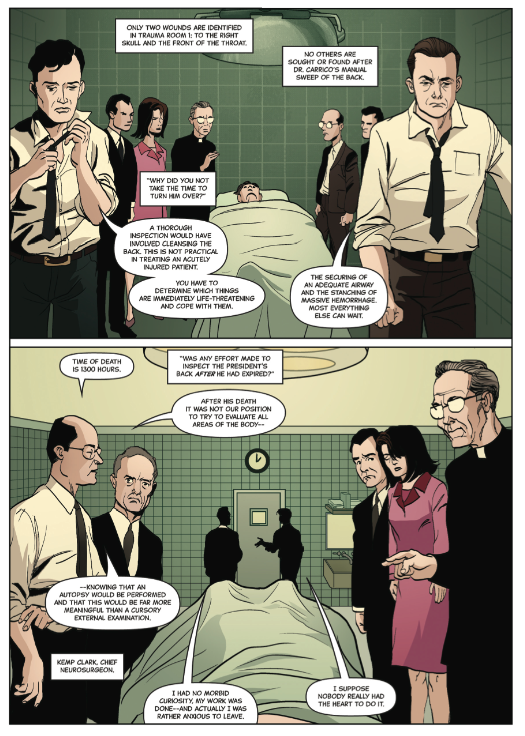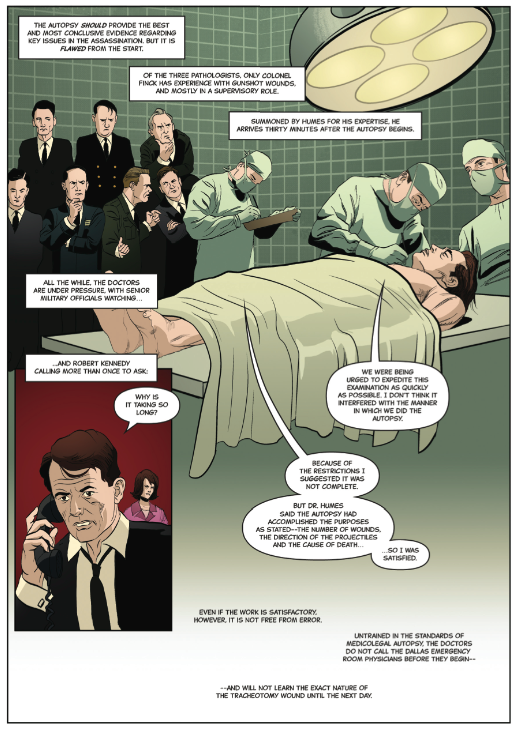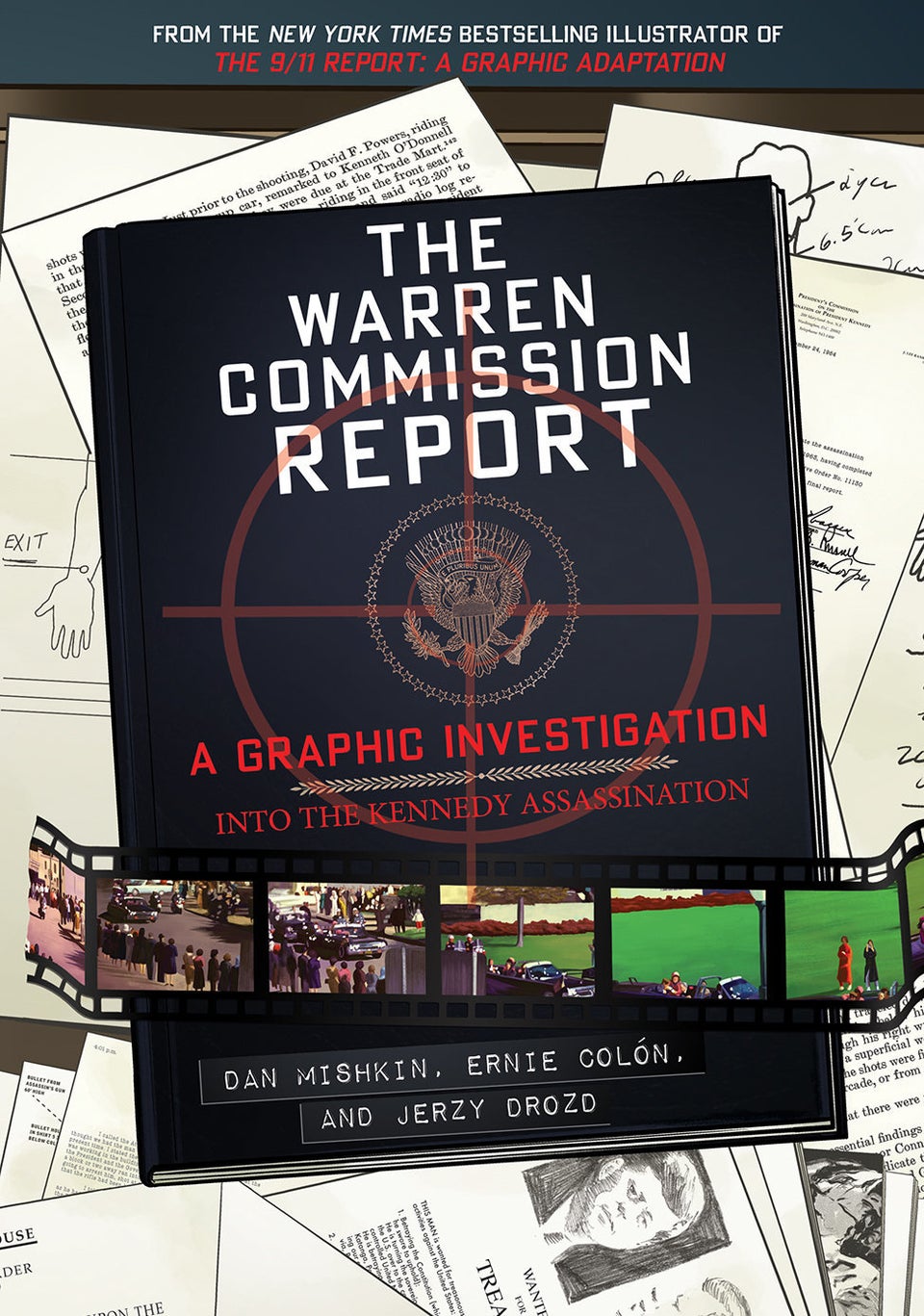Look closely and you'll see me twitch when someone calls the latest comic book I've written a graphic novel. That's partly a matter of personal history: it wasn't graphic novels that I fell in love with as a child; it was the freshness, the immediacy, the mind-expanding wonderment of comics.
But there's more to my reaction than that, and a very real downside to the respectable new name. When comics become a species of novel -- the graphic kind instead of the young adult or literary kind -- it sends the message that what matters most are the words. And that couldn't be more wrong. It's a huge mistake to underemphasize the "graphic" part of graphic novels; in fact, favoring words over pictures is a good recipe for making bad comics.
Comics are drawn stories. Which means that a series of silent images can be a comic, but a string of sentences without drawings cannot. And it's important to understand that even wordless comics are "written," in the sense that someone has to plan the sequence of pictures that combine to tell a story. Sometimes that someone is me.
No matter how few or how many words I use, my job is to write visually, attentive to how the reader's eye will move across the page and how much it can comfortably take in. By the same reasoning, the comics artist has to draw narratively, even when that means forgoing flashy techniques and splashy pin-up pages that stop a story cold. My success or failure as a writer of comics depends not only on the power of the words that appear in the finished work, but on how those words interact with the pictures on the page, and on my grasp of the ins-and-outs of visual storytelling.
One example: over many years of learning what works best and what gets in the way, I've grown increasingly wary of caption boxes. A well-placed word balloon -- free-form and with a tail that points out the speaker -- keeps readers immersed in the flow of visual narrative; but adding lots of captions is like building a rigid rectangular dam that obstructs the river of story. And the wordier they are, the harder it is for readers to rejoin the current.
This posed a particular problem when I started to write what some would describe as a "nonfiction graphic novel" investigating the findings of the Warren Commission Report on the assassination of President John F. Kennedy. Taken together, the Report and its critics tell a tangled history -- full of facts and small details that have to be conveyed quickly and clearly. So when pictures alone can't carry the story, narrative captions might seem the obvious way to fill in the gaps. But here's the tricky part: too many captions can quickly turn a lively and immersive comic into a boring, illustrated lecture. The question we faced was how to replace captions with balloons, whose nature is to join the art, not fight against it.
The answer came from what I call the "fluid reality" of comics. It's the aspect of the medium that makes talking animals and other fantasies so easy to accept -- since everything is drawn, everything comes across as equally real. Here comics still enjoy an advantage over movies. No matter how advanced Hollywood special effects become, viewers can't help but devote at least a tiny portion of the experience to wondering "How'd they do that?" Not so in comics -- the reader knows that it's all drawing. Anything a comic shows you simply takes on the qualities of the thing it purports to be.
The expanded reality of the drawn world extends to symbolic imagery, like the convention of a light bulb over the head to represent a flash of insight. But reality-bending symbols can go well beyond a single, static image: a character's good and bad impulses come to life as little angel and devil interlocutors; eyes pop out on springs and jaws drop to the floor in moments of surprise; and in our book, the unknowable Lee Harvey Oswald appears only in black-and-white while everyone else is in color.
The pliable reality of comics can even mix past and future in a single panel, and that's what happens in our graphic investigation. It's how we cut down on caption boxes, with their tendency to clog the narrative -- their failure to play well with the other realities on the page. In our telling, if a participant or witness to the events of November 22, 1963 gave testimony to the Warren Commission months later, those future words are spoken as the action unfolds -- thus, as doctors struggle to resuscitate President Kennedy, their past-tense dialogue recounts what they saw that day.
On another page we see Lady Bird Johnson in a car leaving Parkland Hospital in Dallas -- a flag and flagpole are reflected in her window -- and her word balloon is drawn from a later diary entry: "I looked up at a building and there, already, was a flag at half-mast. I think that was when the enormity of what had happened first struck me."
Regular comics readers will appreciate that this exemplifies a key strength of the medium -- its integration of words and pictures, and time and space. And while those who are not so familiar with comics might need a moment to wrap their heads around the overlap of present action and future recollection, we try to ease them toward an understanding that our goal is not to muck up the narrative but to declutter it; to gather up relevant details succinctly and memorably.
Before working on The Warren Commission Report, Ernie Colón drew The 9/11 Report: A Graphic Adaptation, published at the fifth anniversary of the attacks. In a radio interview about that volume, he was asked if a comic book version of such a serious work didn't risk oversimplifying it, and he made an illuminating distinction. Doing comics, he said, is not about simplification. "We're in the business of clarification."
Comic book storytelling, like stories told in prose and film and elsewhere, succeeds when it finds just the right tools to dredge meaning out of all the muck.
Dan Mishkin is the creator of The Warren Commission Report: A Graphic Investigation into the Kennedy Assassination. Read an excerpt below:
